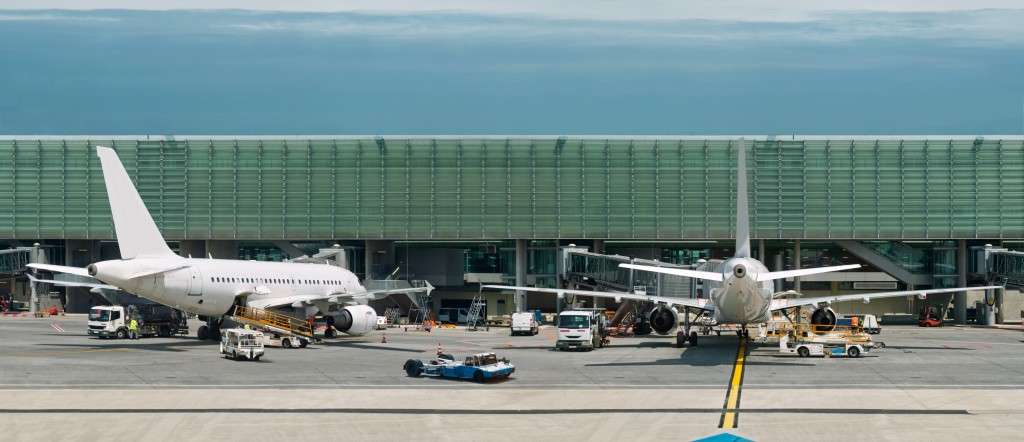Throughout the world a significant proportion of the serious accidents reported as H&S accidents occur during aircraft turnarounds.
Turnaround times have become increasingly shorter with many activities being undertaken, often by different companies.
During a turnround typical activities may include:
- approaching aircraft with engines running;
- passenger disembarkation and embarkation;
- baggage/cargo handling;
- aircraft maintenance;
- fuelling;
- de-icing;
- catering provision;
- cleaning.
General precautions to reduce the risk of injury during turnaround
All companies involved in the turnaround, whether they are the airline, airport operator or a service provider, should:
- assess the risks to their own employees and put in place measures to control these risks;
- assess the risks to other employees and put in place measures to control these risks;
- co-operate and co-ordinate with all of the other employers involved in turnaround;
- have in place a system to control and manage any contractors;
- have in place a system to monitor the activity at the turnaround.
Approaching aircraft with engines running
There is a general rule airside that no-one should approach an aircraft while the engines are running and the anti-collision lights are on, except in very specific circumstances.
There have been discussions with the industry about the increasing practice of connecting Ground Power Unit (GPU) while the aircraft engines are running, and the potential risks to airside workers.
Where the basic rule of not approaching an aircraft with engines running and anti-collision lights on cannot be applied in foreseeable emergency or non-standard situations (such as with an inoperative APU on an arriving aircraft), the procedures should be risk assessed and clearly documented.
There should be clear systems of work or safe operating procedures (SOPs), with the necessary fully trained and competent workers, to ensure that the SOPs are followed.
SOPs should make it absolutely clear to all workers in the vicinity that there is a non-standard operation underway, and who has overall responsibility for that procedure on the ramp. The risk assessment process should be applied to all activities in order to establish the level of risk and any steps needed to reduce that risk so far as is reasonably practicable.
Risk reduction includes training of all workers as necessary (this may include others besides those expected to attach the GPU and chock the aircraft), and ensuring competence of all concerned. There may also be a need for specific supervision of activities if residual risks exist.
Action to Improve Safety
Consider developing an Aircraft Turnaround plan. Significant reductions in the number of accidents during turnround have been made as a result of implementing such a plan.
Next Steps
Follow this link to our Library to find & Download related documents for Free.
Sofema Aviation Services & Sofema Online provide classroom, webinar & online training. For additional information please email team@sassofia.com




